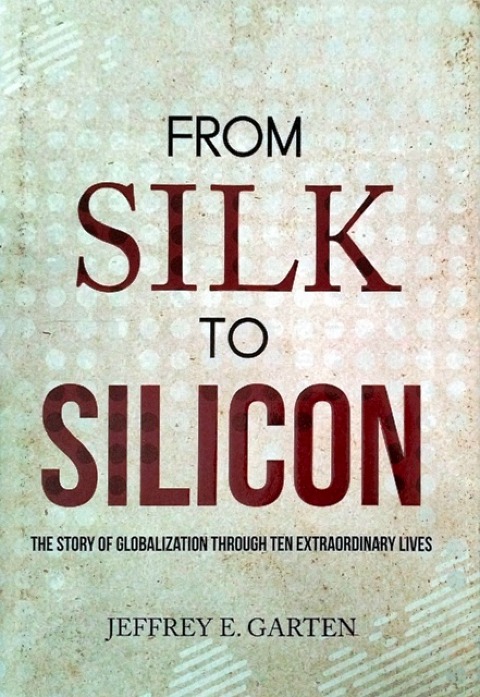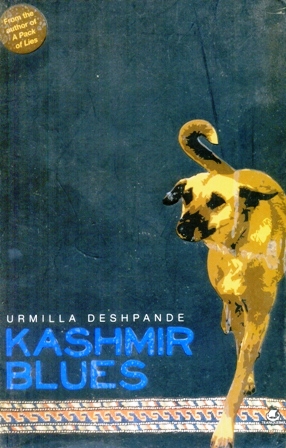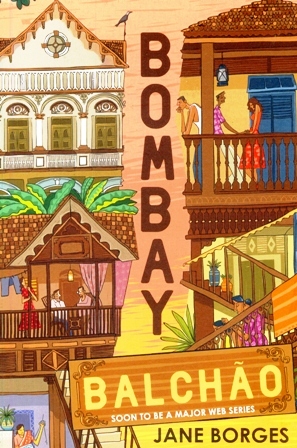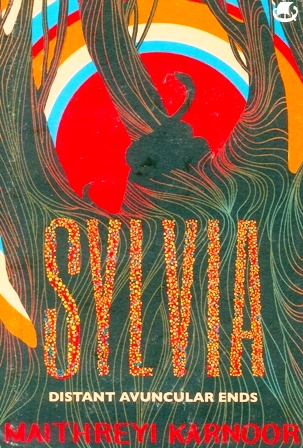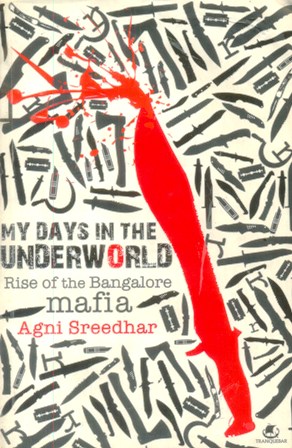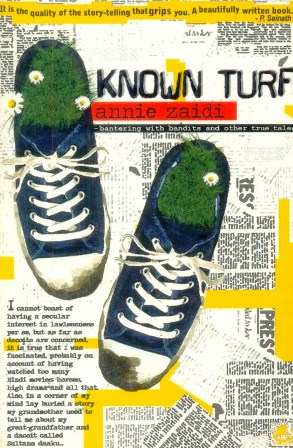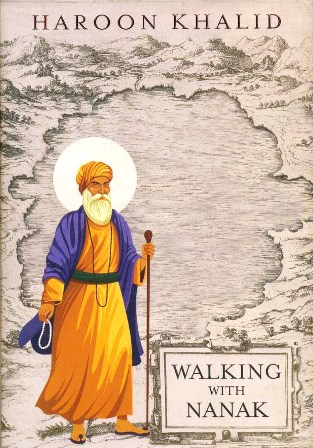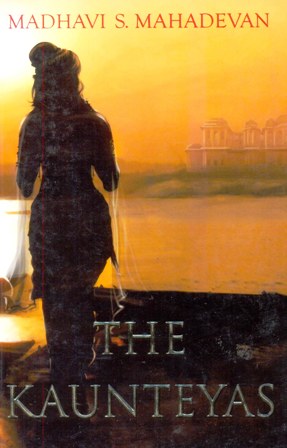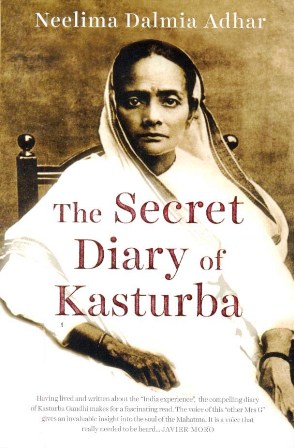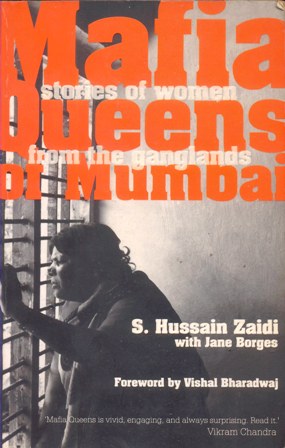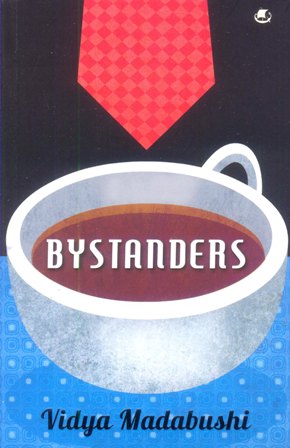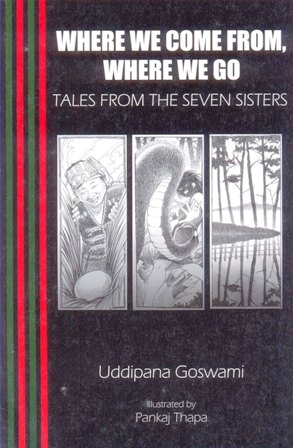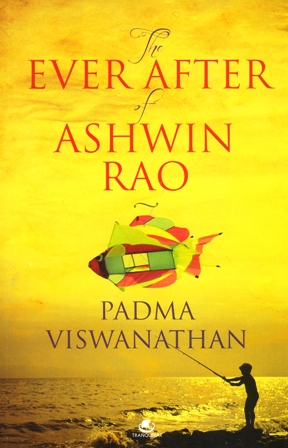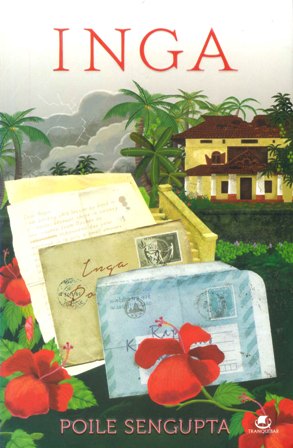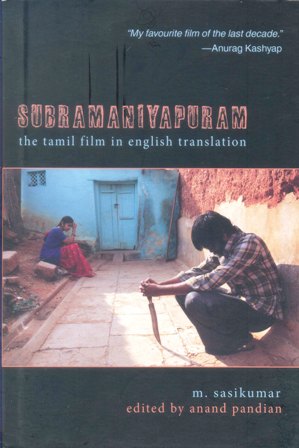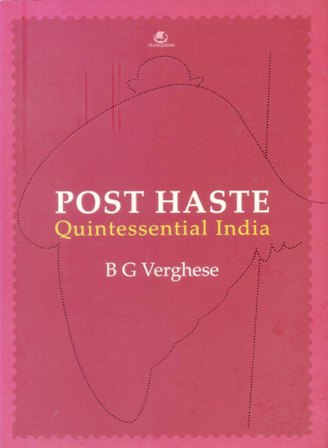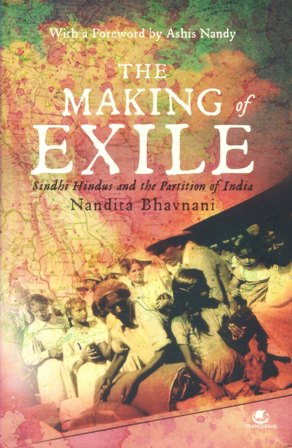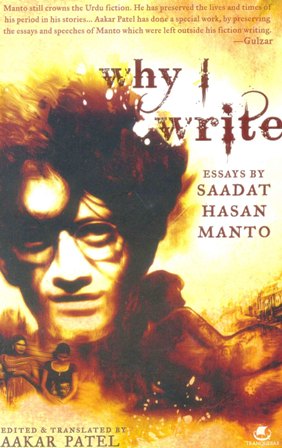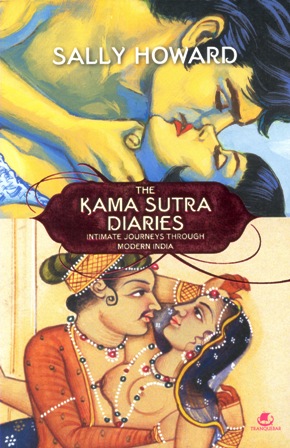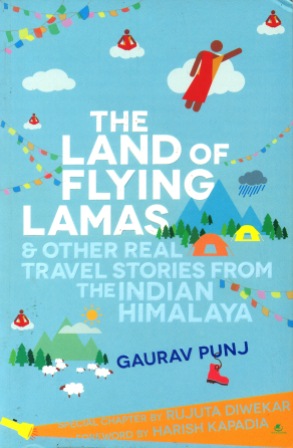-
From Silk To Silicon
Globalisation often seems to be an impersonal and abstract phenomenon. Whether in everyday culture or matters of policy, its force has been experienced as something at once general and monolithic. By contrast, From Silk to Siliconis the first book to tell the history of globalisation through the lens of the people who shaped it. Taking ten extraordinary individuals, this book examines what these men and women did, how they did it, and how their combined will and vision continue to influence our world today. Drawing together their various stories, Jeffrey E. Garten finds the common links between these figures. Placing the individual at the forefront of history, Garten explores some critical issues, including: How does the growing power of international trade affect nations’ sovereignty? How much influence can any one person have in transforming our society? He argues that, in our increasingly globalised world, our progress and growth will come to be guided by many more such leaders and innovators. From Silk to Silicon presents a future full of human possibility.
-
Bombay Balchao
Bombay was the city everyone came to in the early decades of the nineteenth century: among them, the Goans and the Mangaloreans. Looking for safe harbour, livelihood, and a new place to call home. Communities congregated around churches and markets, sharing lord and land with the native East Indians. The young among them were nudged on to the path of marriage, procreation and godliness, though noble intentions were often ambushed by errant love and plain and simple lust. As in the story of Annette and Benji (and Joe) or Michael and Merlyn (and Ellena). Lovers and haters, friends and family, married men and determined singles, churchgoers and abstainers, Bombay Balchão is a tangled tale of ordinary lives of a woman who loses her husband to a dockyard explosion and turns to bootlegging, a teen romance that drowns like a paper boat, a social misfit rescued by his addiction to crosswords, a wife who tries to exorcise the spirit of her dead mother-in-law from her husband, a rebellious young woman who spurns true love for the abandonment of dance. Ordinary, except when seen through their own eyes. Then, it s legend. Set in Cavel, a tiny Catholic neighbourhood on Bombay s D Lima Street, this delightful debut novel is painted with many shades of history and memory, laughter and melancholy, sunshine and silver rain.
-
Sylvia Distant Avuncular Ends
Cajetan Pereira is Bhaubaab (brother-sir) to the people of the village he’s made his home. Even as he searches for his ‘roots’ in Goa, Cajetan yearns for his childhood home in Tanzania, pouring that longing into the project of living near a baobab tree on soil that is his only for historical reasons. Into this strange idyll walks Sylvia, a young woman in search of a story. As they discover a past connection and explore ways to build that relationship, the two bond over the common violence that shaped their trajectories, and an uncanny friendship with their one-time aspiring film-star neighbour. Over the course of the novel, Sylvia comes into kaleidoscopic focus. She is colleague and friend, wife and prospective lover, and she is herself, living her many lives in many places. Boldly experimental, Sylvia—Distant Avuncular Ends uses poetry and prose to tell a riveting story at a breathtaking pace. As entertaining as it is poignant, this is a remarkable, accomplished debut.
-
My Days In the Underworld
Agni Sreedhar is an underworld don turned writer turned journalist turned filmmaker. He studied law in Bangalore and was intent on entering the Indian Civil Service when circumstances forced him to turn to crime. Starting from the early 1980s, Sreedhar found himself entrenched in the bitter gang wars that shaped the contours of modern Bangalore. This book is an intimate, first-person account of the two decades he spent in the world of crime. But My Days in the Underworld isn't just a tale of murder and blood. It is a study of a system that runs parallel to the world ordinary people inhabit, a lateral universe, one with its own police force and laws, one where the criminal justice system has all but failed. This is a story of a city as seen through the personal histories of politicians who ruled Karnataka, men like Gundu Rao, Ramakrishna Hegde, Bangarappa and Deve Gowda, as well as those who were responsible for shaping Bangalore's underworld: Dawood Ibrahim, Chhota Rajan, Sharad Shetty, Kotwal Ram Chandra, Jayaraj and Muthappa Rai.
-
Walking with Nanak
Haroon Khalid's lifelong fascination with Guru Nanak was reignited when he came upon Baburbani, a poem written by the saint. This and the discovery that Guru Nanak spent a large part of his life in Pakistan, inspired Khalid to undertake a journey that he hoped would help him learn more about the revered founder of Sikhism. In this wonderful paean to Guru Nanak, Khalid describes his travels across the length and breadth of Pakistan as he visits the many Gurudwaras and other locales associated with the saint, delving into their history and musing about their place and significance in a Muslim country. But this book is not merely a story about Gurudwaras, it is also a re-telling of the story of Nanak the son, the poet, the wanderer, the father, the friend. Sifting through the stories of his miracles and poetry, we emerge with a picture of Nanak, the man. Also exploring the histories of all the subsequent Gurus after Nanak, the book traces the story of how an unorganized spiritual movement evolved into the institutionalized Khalsa of Guru Gobind Singh. Through the journeys of all the Gurus, the book describes how Nanak the poet became Guru Nanak the saint., About the Author : Haroon Khalid has an academic background in Anthropology from the Lahore University of Management and Sciences (LUMS). He has been a travel writer and freelance journalist since 2008, travelling extensively around Pakistan and documenting its historical and cultural heritage. He has written for several newspapers and magazines, including The News, Express Tribune, The Friday Times and Himal. Born and raised in Lahore, he now lives in Islamabad with his wife and works as an educationist. This is his third book.
-
The Kaunteyas
‘Death is important to a man, but survival is more important to a woman.’ With a split destiny ruling her life, Kunti, given away at birth, leads a hard but uneventful existence in her foster-father’s home. At fourteen she is pressed into the service of the temperamental sage Durvasa who grants her a boon. Its first use, however, only brings her adversity and a shameful secret. With marriage to Pandu, Kunti dreams of a better future, but a curse makes him leave the throne of Hastinapur to his sibling, the blind Dhritarashtra, and retreat to the forest. The births of the five Pandavas rekindle Kunti’s hopes of returning to Hastinapur, but these are destroyed once again when Pandu dies suddenly. Kunti journeys to the kingdom, no longer its queen but a widow, a dependant as are her sons. She must now take up the task of guiding them through the long struggle to get their inheritance, a struggle made harder by the discovery that the illegitimate child she had abandoned long ago is alive and a sworn enemy of the Pandavas. Recasting the Mahabharata from the viewpoint of Kunti, The Kaunteyas replaces the idealized mother figure with a fully three-dimensional woman, providing new insights into the epic.
-
Detours
When Salil Tripathi began writing a travel column for a well known newspaper, he consciously decided to veer off the beaten track and not showcase the food and drink or the fabulous hotels and world class restaurants of a country. Instead, it was his insights into a place that defined a country and its people when viewed from the prism of history, culture and literature. Culled from his extensive travel writings, Detours - Songs of the open road is split into three parts, the first section called, War & After is a riveting account of places that were shattered due to terrible wars or human rights violations, the second titled, words & images, about places he visualised better because certain writers or artists made those places fascinating, and the third called loss & remembrance, is a wonderful personal journey about countries he visited with his wife who died in 2006 and which he later revisited with his sons as remembrance to a beloved. Detours: Songs of the Open Road is a remarkable travel diary of a man who holds your hand and takes you through fascinating journeys which you make your own by the end of his travel.
-
Chicken Soup For The Soul-Think Positive For Kids
Start a conversation with your child! Share these stories about values, gratitude, good decisions, and having the courage to do the right thing. Its a great way to learn whats important to your child, and to help a child learn from the examples of others. Youll read stories about: • Being responsible • Trying something new • Making real friends • Doing the right thing • Developing self-esteem • Handling bullies and cliques • Appreciating your family • Making good choices • Being grateful
-
Mafia Queens Of Mumbai
The Mumbai underworld, or the Mumbai Mafia is as much a part of the city as Bollywood is, and as much a stuff of legends. The well known stories from this murky world are all male-centric. Haji Mastan, Dawood Ibrahim, Varadarajan Mudaliar, and Karim Lala, to name a few. But, there were women who ruled the roost there too, women who remained in the background and pulled the strings, women who acted as mentors and advisers to the famous dons, women who were wives of the dons and then took over when their husbands were killed, women who assumed leadership to try and bring down rival leaders who had harmed their family. Their stories are varied and just as intriguing, and hitherto untold. But these stories are well known in the ganglands of Mumbai. This book now brings together a set of stories about interesting and powerful female leaders of the Mumbai underworld. There is the story of Gangubhai, a girl who ran away from a small village and ended up in Mumbai streets and eventually became the powerful matriarch of Kamathipura, Mumbai’s red light area. Ashraf, who learnt of her husband’s underworld connection only after he was killed, transformed herself into the powerful Sapna Didi, to try and take down her husband’s killer. Mrs. Paul and Rubina Sayyed, associates of Chota Shakeel, Tarannum Khan, a bar dancer who became rich through cricket betting, and more such stories. But, the most intriguing story is probably about the very powerful Jenabhai, who was closely associated with many underworld dons like Haji Mastan, Varadarajan Mudaliar, Dawood Ibrahim etc, and advised them on various matters and helped in shaping important events in the underworld.
-
Bystanders
Growing up in the small town of Sripuri, six-year old Hari believes his mother died from tuberculosis. It's what his father, Vasan, has always told him. But when Hari seeks more answers from his distant yet affectionate father, who, between his meditation classes, dietary experiments and constant headaches, has little time for Hari, he soon realizes that he is trespassing on forbidden territory. And then a couple arrives at their doorstep, claiming to be his real parents. Hari's life takes a course over which he has no say. Spanning decades and told from the points of view of the four central figures, Bystanders is the tale of the unlikely friendship between one man driven to prove his worth in the world, another determined to lose himself in the moment and the woman they love, who will fight against all odds to claim what is hers - her son. About the Author Vidya Madabushi grew up in Tirupati and later attended Krishnamurti foundation schools in India and England. She holds a BA in communicative English from Mount Carmel College and an MA degree in English literature and creative writing from the university of Sydney. She lives and writes in Sydney.
-
Where We Come From,Where We Go
Here are thirty tales that come from the seven sister states of Northeast India, tales that have been in circulation orally for generations, but never brought together in this manner. This is a first-time collation that covers the gamut of northeastern culture, vividly imagining the genesis of our world, our ideals, identities and artefacts-telling us also about what happens when it all ends and sometimes, questioning the end itself. These folk fables convey our eagerness to share the Northeast worldview with all those who populate what is often called the Indian mainland. And yet, as the tales bear out, the periphery is also its own centre, the margin its own mainland. This book, by well-known writer and journalist Uddipana Goswami and accompanied by exquisite and evocative illustrations by artist Pankaj Thapa, takes us into the heart and soul of the Northeast. For those not familiar with the region, it will act as a fascinating guide. For those who already love it, though, heres a chance to rediscover why.
-
Inga
If anyone could transform laughter to light, she did, Inga. Radiance upon radiance of laughter,chime upon bell chime of light sparkled and shone everywhere. It was as if the sky showered tiny star grains that scattered, glinting, on the hay heap we were cocooned in, they sparkled on the leaves of the jack fruit tree above and dusted my arms with gold. Who could resist such a dance of light? Icouldnt, I never could. Almost never. Rapa is born into a Tamil Brahmin family, full of dark secrets. She is brought up in Delhi where an English education introduces her to literature that is both fascinating and foreign. Her summer holidays are spent in the confines of the family home in Kerala, where she has for companion her cousin Inga. But as the two girls grow up, their lives change through a tortuous, pain-filled process. Forty years after her death, Rapas husband has her notes published, the story of her struggles against her family, her marriage and her final encounter with Inga.A tragic tale of yearning and hope, of derision and rage, of miracles and dreams, of commitment and utter rejection.
-
Subramaniyapuram : The Tamil Film In English Trans
A gritty tale of love, betrayal, and violence set in the South Indian temple city of Madurai in the early 1980s, Subramaniyapuram (2008) was one of the first in a wave of realist Tamil films that have caught the attention of filmmakers from around the world. This collectors volume contains the English translation of the screenplay, a gallery of stills and posters, essays by Baradwaj Rangan, Anand Pandian, Constantine Nakassis and Preminda Jacob on the film, its context in Tamil film history and the innovative publicity campaign that accompanied its release; and an exclusive interview with director M. Sasikumar about the making of the film.
-
Post Haste: Quintessential India
Post Haste: Quintessential India provides a definitive account of India penned down by B. G. Verghese, one of the foremost journalists of India. This book not only unfolds the country’s glorious history but also focuses on what is integral and significant to modern and post-independent India. Summary of the Book Post Haste: Quintessential India provides an incisive look into the rich cultural and ancient heritage of India. The author writes about things which are quintessentially Indian from the classical story chronicling the love of Shakuntala and Dushyanta and Bal Gangadhar Tilak, who brought the Ganpati Puja out on the streets to the time when J R D Tata flew a single engine plane from Karachi to Bombay. In this book, the author provides a deep insight into India’s diverse customs and faith. This book will make for an interesting read for those interested in re-visiting the events that constitute India’s glorious past. About B. G. Verghese Boobli George Verghese is a senior Indian journalist and was the editor of the leading newspapers–The Hindustan Times and The Indian Express. Verghese started his career with The Times of India. He was honored with the Ramon Magsaysay Award for outstanding contribution to journalism in 1975. Verghese studied Economics at St. Stephen’s College in Delhi and pursued a Mater’s degree from Trinity College in Cambridge. He has authored several books including Waters of hope and Winning the future, among others.
-
The Making of Exile : Sindhi Hindus and the Parti
To date, most books on partition have ignored or minimised the Sindhi Hindu experience, which was significantly different from the trials of minorities in Punjab or Bengal. The making of exile hopes to redress this, by turning a spotlight on the specific narratives of the Sindhi Hindu community. Post-partition, Sindh was relatively free of the inter-communal violence witnessed in Punjab, Bengal and other parts of north India. Consequently, in the first few months of Pakistans early life, Sindhi Hindus did not migrate and remained the most significant minority in west Pakistan. Starting with the announcement of the partition of India, the making of exile firmly traces the experiences of the community-that went from being a small but powerful minority to becoming the target of communal discrimination, practised by both the state as well as sections of Pakistani society. This climate of communal antipathy threw into sharp relief the help and sympathy extended to Sindhi Hindus by other Pakistani Muslims, both Sindhi and Muhajir. Finally, it was when they became victims of the Karachi pogrom of January 1948 that Sindhi Hindus felt compelled to migrate to India. The second segment of the book examines the resettlement of the community in India-their first brush with squalid refugee camps, their struggle to make sense of rapidly changing governmental policies and the spirit of determination and enterprise with which they rehabilitated themselves in their new homeland. Yet, not all Sindhi Hindus chose to migrate and the specific challenges of those who stayed on in Sindh, as well as the difficulties faced by Sindhi Muslims after the formation of Pakistan, have been sensitively documented in the final chapters. Weaving in a variety of narratives-diary entries and memoirs, press reportage, letters to editors and advertisements, legends and poetry, dozens of interviews and a wealth of academic literature - Nandita Bhavnanis the making of exile is one of the most comprehensive and multifaceted studies of the Sindhi experience of Partition.
-
Islands : Short Stories
Keki N. Daruwallas short stories circle around islands-solitary tracts of land, self-contained mini-continents. Sometimes, these autonomous landmasses are conjured up in a sadhus third-eye- Yogananda builds them like he would a dream scape. Sometimes, they transform into objects of desire - Arnaaz sails towards the declining sun, in search of an islet of aloneness and youth. Sometimes, they come with the promise of abundance - Vidyarthi scours his reef for a magic shrub. And sometimes, they silently disappear - Santa Xavier is swept away by blustery winds and rumours. Through these stories, each linked, each disparate, Daruwalla asks what it means to abandon an island or inhabit one. He also asks what it means to allow an island to sail within us. For each of the characters is on a private journey, a reclusive flight inwards, towards an isle of peace, an isle beyond questions of faith and unbelief, an isle past remembrance and forgetting. Ultimately, each character is an island unto himself or herself, from the retiring vagrant on bird island, to Dinaz, feeling her way on her own through a fast receding past, to the wild Khampa, severed from his people, who realises there must be worse things than being alone, but I dont know what they are. In these short stories, Daruwallas love for the sea becomes evident, as also his yearning for a kind of solitude, which evades us in this overcrowded century. Equally, in a style rich in humour, irony and compassion, his preoccupation with the modern human condition comes to the fore-its drift away from an anchoring mainland, its island-like seclusion, its quiet search for fullness.
-
Why I Write : Essays by Saadat Hasan Manto
One of the greatest raconteurs of 20th century, Saadat Hasan Manto declares that he was forced to write when his wife routinely demanded that he put bread on the table for the family. He doesn't attribute any genius to his skills as a writer and convinces his readers that the stories flowed even as he minded his daughters or tossed a salad. Equally, Manto treats his tryst with Bollywood with disdain and unmasks the cardboard lives of tinsel town when a horse is painted to double up for a zebra or multiple fans rotate to create a deluge. Two of Mantos favourite and recurring themes-women and Partition - find special mention as he brings to focus the bizarre morality in the context of feminine beauty and the futile presence of religiosity in the creation of a nation he was to adopt later in life. For the first time ever, this unique collection of non-fiction writing from the subcontinents greatest writer, translated by well known author and journalist, Aakar Patel showcases Saadat Hasan Mantos brilliance while dealing with lifes most mundane things-graveyards, bumming cigarettes, a film crew with motley characters from mythology and a sharp dissection of what ails the subcontinent even after 6 decades - Hindi or Urdu, vile politicians and the hopelessness of living under the shadow of fear. About the Author Aakar Patel has worked in the textile industry and in journalism. He has edited newspapers in English and Gujarati for the Dainik Bhaskar Group and for the Mid Day Group, where he also oversaw the Urdu daily, Inquilab. He writes columns for the Mint Lounge and Express Tribune, published from Pakistan.
-
The Kama Sutra Diaries : Intimate Journeys through
Sally Howard, a self-confessed child of the Western Sexual Revolution, sets out on a sexploration through modern India by train, plane and auto-rickshaw. From the heat of antirape protest on the streets of New Delhi to the cool hills of Shimla, playground of the Raj, from a Gujarati retirement home for gay men and eunuchs to a busy sex clinic in Chennai, from patriarchs to matriarchs, GIGs (Good Indian Girls), BIGs (bad Indian Girls) and the fleshpots of Bombay, she accompanied by feisty Delhi girl Dimple, lifts the bed sheets on Indias sexual revolution. And its a revolution thats full of fascinating surprises and contrasts for India the land that gave us the exuberant guide to sexual pleasure, the Kama Sutra is also a land where women remain cloistered in purdah while teenage girls check out porn online, where families bow down to a conjoined phallus and vagina, the Shivaling, while couples fear to hold hands in public and where the loveless arranged marriage is still the norm. Colourful, compelling, confounding, The Kama Sutra Diaries reveals what India has to tell us about modern-day love, sex and sexuality.
-
The Land of Flying Lamas & Other Real Travel Stori
This is probably the only Indian travelogue of the Himalayas, which I loved reading. Gaurav Punj does not give you the Himalayas like you would have expected or read of or seen. He just gives you his version plain and simple and no frills attached. The Land of Flying Lamas is a charming book the sort that also is capable of calming the reader to a large extent. It is wistful and I felt I was there, in the mountains, sharing stories with people around me and sipping my cup of tea. Punj speaks of treks and the life in neighbouring areas. A book that will satisfy the soul for sure.

